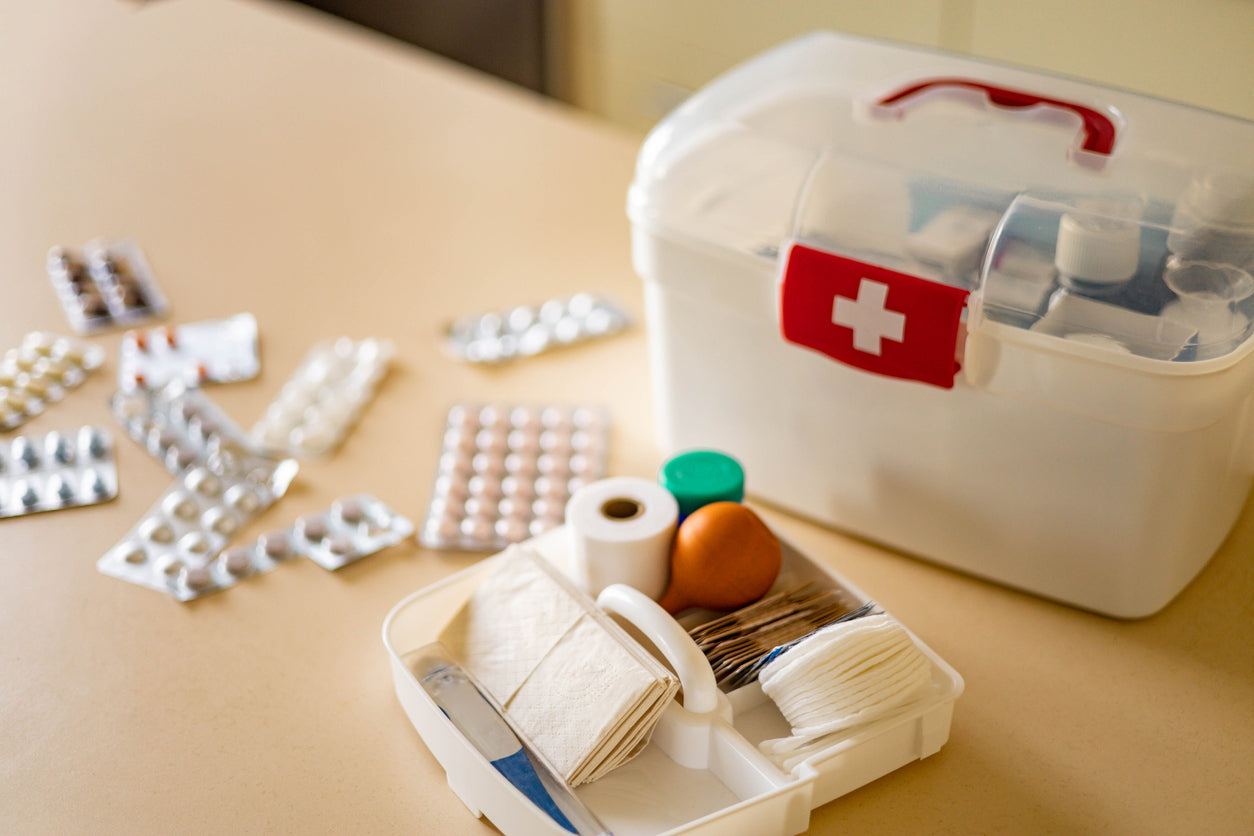In any emergency, having a well-equipped first aid kit can make a significant difference in providing immediate care and potentially saving lives. Whether you're at home, in the car, or outdoors, a properly stocked first aid kit is essential. Let's explore the key items that should be included in every first aid kit box.
Introduction
A first aid kit is a vital tool for addressing minor injuries and medical emergencies promptly. By ensuring that your first aid kit is stocked with essential items, you can be prepared to handle a wide range of situations effectively.
Basic First Aid Supplies
Adhesive Bandages
Adhesive bandages, commonly known as Band-Aids, are essential for covering minor cuts, scrapes, and blisters to prevent infection and promote healing.
Sterile Gauze Pads
Sterile gauze pads are useful for cleaning and dressing wounds. They help absorb blood and other fluids, promoting a clean environment for wound healing.
Adhesive Tape
Adhesive tape is used to secure dressings and bandages in place. It provides additional support and ensures that bandages remain in position during movement.
Antiseptic Wipes
Antiseptic wipes, such as alcohol or iodine-based wipes, are used to clean the skin around wounds to reduce the risk of infection before applying dressings.
Antibacterial Ointment
Antibacterial ointment, like Bacitracin or Neosporin, helps prevent infection by killing bacteria and promoting healing when applied to minor cuts and scrapes.
Scissors and Tweezers
Scissors are necessary for cutting gauze, tape, and clothing to access wounds, while tweezers are useful for removing splinters, ticks, and debris from the skin.
Emergency Equipment
CPR Mask
A CPR mask provides a barrier between the rescuer and the individual during cardiopulmonary resuscitation (CPR), reducing the risk of cross-contamination and exposure to bodily fluids.
Instant Cold Packs
Instant cold packs provide quick relief for minor sprains, strains, and bruises by reducing swelling and inflammation when applied to the affected area.
Emergency Blanket
An emergency blanket, also known as a space blanket, helps retain body heat and prevent hypothermia in case of exposure to cold temperatures or shock.
Tourniquet
A tourniquet is a crucial tool for controlling severe bleeding from limb injuries. Proper training is essential for safe and effective tourniquet application.
Emergency Whistle
An emergency whistle can be used to attract attention and signal for help in situations where verbal communication may not be possible.
Medications
Pain Relievers
Over-the-counter pain relievers, such as acetaminophen or ibuprofen, can help alleviate minor aches, pains, and fevers.
Antihistamines
Antihistamines, like diphenhydramine (Benadryl), are useful for treating allergic reactions, insect bites, and mild allergic symptoms.
Epinephrine Auto-Injector (EpiPen)
For individuals with severe allergies, an epinephrine auto-injector should be included in the first aid kit for immediate administration in case of an anaphylactic reaction.
Miscellaneous Items
First Aid Manual
A first aid manual provides guidance on how to administer basic first aid procedures and handle common medical emergencies effectively.
Disposable Gloves
Disposable gloves should be included to protect the caregiver from exposure to bodily fluids and pathogens during first aid procedures.
Emergency Contact Information
A list of emergency contact numbers, including local emergency services, poison control, and personal contacts, should be readily accessible in the first aid kit.
Conclusion
A well-stocked first aid kit is an indispensable resource for addressing injuries and medical emergencies promptly. By including essential items such as bandages, wound dressings, emergency equipment, medications, and miscellaneous supplies, you can be prepared to provide effective first aid care whenever and wherever it is needed.
FAQs
-
How often should I check and restock my first aid kit? Regularly check your first aid kit every few months to ensure that all items are up to date and in good condition. Replace expired medications and replenish supplies as needed.
-
Where should I store my first aid kit? Store your first aid kit in a dry, cool, and easily accessible location away from direct sunlight and moisture. Avoid storing it in areas prone to extreme temperatures, such as the trunk of a car.
-
Can I customize my first aid kit based on specific needs or activities? Yes, you can customize your first aid kit to suit your specific needs or activities. Consider factors such as the number of people, duration of outings, and potential hazards when selecting items for your kit.
-
Are there specialized first aid kits available for specific purposes, such as hiking or camping? Yes, there are specialized first aid kits designed for specific activities or environments, such as hiking, camping, boating, or sports. These kits often include additional items tailored to the unique risks associated with each activity.
-
What should I do if I use items from my first aid kit? After using items from your first aid kit, replace them as soon as possible to ensure that your kit remains fully stocked and ready for future emergencies. Keep track of items that need replenishment to maintain preparedness.

